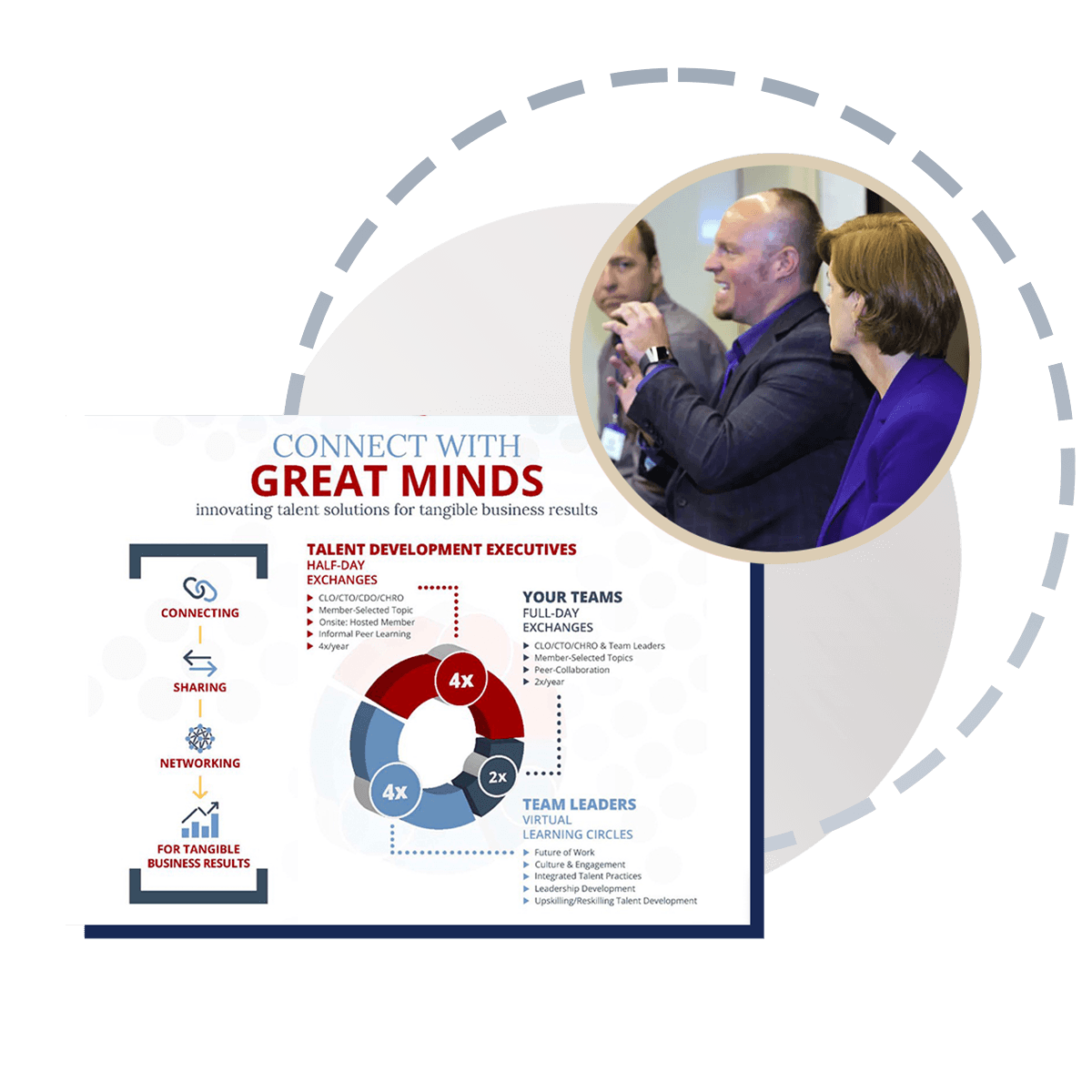This session provided a sharp reality check for leaders navigating constant change.
If you're leading through swirling priorities, burned-out teams, or restructuring fatigue—pause here.
✅ Kicked Off with New Latest Book Drop on the ELE Bookshelf
Diana Anderson, opened the session by sharing a recent addition to her ELE Bookshelf:
The Problem With Change and the Essential Nature of Human Performance by Ashley Goodall.
She highlighted how the book challenges the overuse of “change” as strategy—and instead offers practical tools to help leaders create clarity, stability, and human-centered focus during disruption.
✅ Janice Simmons (Froedtert ThedaCare Health) followed with a myth-busting lens on leadership during transition:
“Leaders need to protect what matters—by pausing, stopping, or pushing back on the work that’s draining focus and energy from what truly drives change.”
Her call to action? Stop managing the chaos—start shielding your people from it. Think like an organizational antibody: remove distractions, protect priorities, and give your teams space to perform.
✅ Laura Jones (insightsoftware) brought those insights to life with a real-world case study from the Orbitz–Expedia merger.
“Employees just want to be heard—and giving them clarity and space is what helps them feel safe enough to stay.”
During a 9-month DOJ “quiet period,” her team leaned into trust and development. With unscripted Q&As, strengths-based work, and personal brand coaching, they retained 89% of employees—without directives from the acquiring company.
✅ We Wrapped Up with Highlights from Breakout Groups
- Colin Hahn underscored the value of small wins and inclusive momentum.
- Jane Shlaes reframed leadership as a trust-building act, not a control exercise.
- Rhonda Sharp showed how change champions drive alignment from strategy to action.
- Adam Walleser reminded us that trust lives in relationships—not org charts.
🔑 Key Takeaways
-
Stabilizers drive momentum. Progress doesn't come from adding more change—but from protecting space to breathe.
-
Messaging ≠ meaning. Even a compelling mission falls flat if it doesn’t connect to what people do today.
-
More change ≠ more innovation. Creativity needs calm, not a constant swirl of priorities.
-
Org charts don’t drive outcomes. Influence lives in relationships, not boxes on a slide.
-
Visibility builds trust. Showing up as a leader—even with no answers—beats silence every time.
🛠 Practical Actions
-
Cut the noise. Inventory what’s overwhelming your team—and decide what needs to stop.
-
Block breathing room. Protect time for people to think, reflect, and recover—even during change.
-
Coach visibility over control. Get leaders out of their inboxes and into real conversations.
-
Ask: Who do people trust? Map the informal network—not just the hierarchy—and support those connectors.
-
Start with one “anchor ritual.” Weekly huddles, clarity check-ins, or rumor-busting AMAs can create immediate grounding.
💡 What if…
What if your most strategic leadership move this quarter isn’t launching a new initiative—but shutting one down?
What if the key to retention isn’t a vision statement—but the leader who listens without a script?
This session dismantled tired assumptions about change. It asked: who’s protecting focus, not just pushing pace?
If you're rethinking how to lead through uncertainty, maybe it's time to stop managing change—and start defending what matters most.
CLOSING INVITATION: Are you ready to reshape leadership development in your organization to better manage through change and uncertainty? Share with us on the ELE Idea Exchange.

